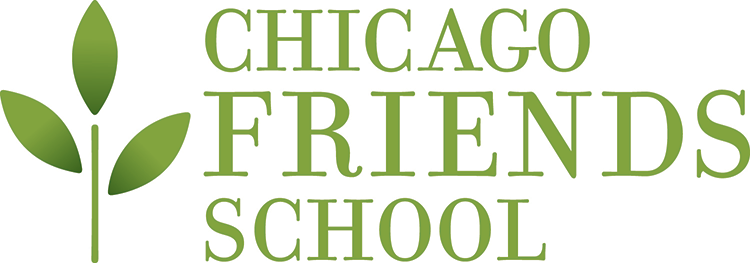On Monday, students in grades 3-8 will be taking the El down to Daley Plaza to participate in the citywide celebration of United Nations Peace Day. This is a tradition we have participated in since 2018. Students make their own peace signs, travel to the El, and participate in the call for peace, a ceremony in which every country in the United Nations is wished peace from all assembled. As each country’s name is called, its flag is displayed, and everyone cries out “peace in ….” and fills in that country’s name.
This can be a long ceremony, and some of these countries are unknown to the students and far away, so I wanted the students to have some preparation and some sense of why we participate in this ceremony. In this spirit, I brought up wishing for peace in our Meeting for Community this morning. First, I asked what we wish for when we wish peace for an individual. Students talked about feeling calm, centered, or happy. Then I asked what we mean when we wish a group of people, a community or city, or a nation peace. Students talked about freedom from war, ability to get along, and no violence in the community. These are all good things to wish for people.
Then an unexpected – but welcome – thread emerged in the conversation. Students also made the point that being peaceful does not mean that everyone gets along perfectly or agrees on everything. Even in a peaceful community, people disagree or don’t get along. The trick, said students, is to learn how to do that peacefully, or as one student put it, to compromise and get along even if you don’t agree. This is a mature perspective on peace – I know adults who struggle with the question of how to get along peacefully when you differ in your opinions and wants.
In our school, children have plenty of opportunities to practice peacebuilding practices. In a class of ten kids, if you have a personality conflict, you can’t get away from that person easily, and so you better learn to make peace and live with difference. We also teach kids, from their first moments in kindergarten, that while a teacher will help you solve problems with other kids, we won’t solve them for you. Students are responsible for saying what is bothering them and asking peers to change behavior or finding a compromise solution. I was thrilled to see that this understanding has made it into the way that they think about peace. After all, as a wise CFS parent once said to me, “I had to learn that peace isn’t the absence of conflict, but a set of strategies about what to do when it arises.”


Karen Carney
is the head of school. Karen’s career demonstrates a rich and diverse set of skills: project oversight, curriculum development, educator training and mentoring, and classroom instruction. Prior to coming to Chicago Friends School, she worked as a senior specialist in science curriculum for American Institutes for Research. Before this, she oversaw educational programming at the Adler Planetarium, first as its director of education and then as associate vice president for visitor experience and learning. She has also worked in instruction and teacher development at the University of Illinois at Chicago’s Learning Sciences Research Institute and has authored more than 20 scholarly papers, book chapters, and conference presentations.
Karen is an active, dedicated Friend (Quaker) and has held various leadership positions at the Evanston Friends Meeting. She enjoys baking, cooking, and painting and is a member of the Playmation improv comedy team.